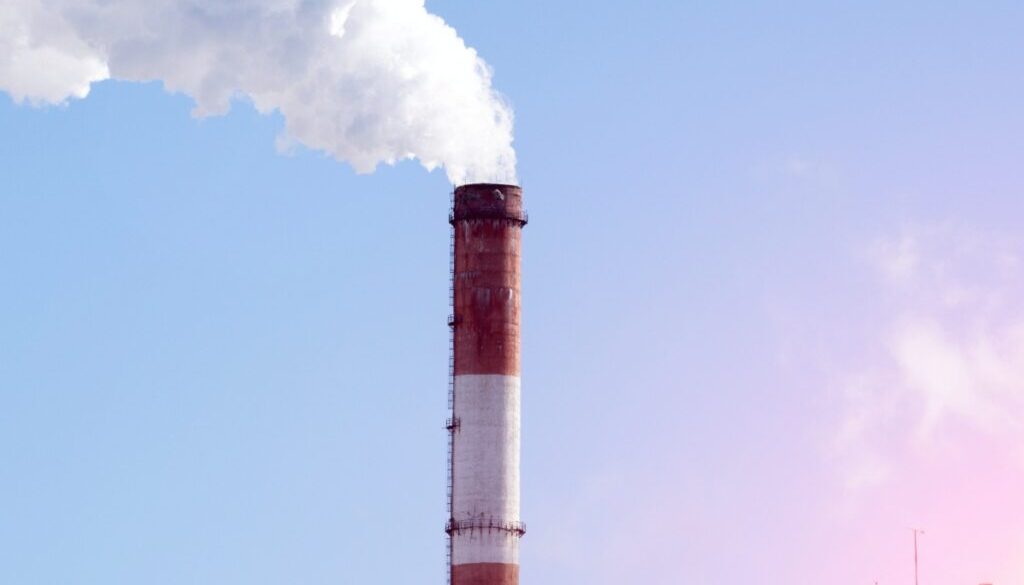EPA unveils new proposed air pollution standard; some say it falls short
US officials said Friday that they are moving to strengthen a key air quality standard, acknowledging a wealth of scientific evidence that demonstrates the dire health dangers posed by air pollution – and the lack of adequate protection provided by current US standards.
Promising “transformative” change, Environmental Protection Agency (EPA) Administrator Michael Regan announced an agency proposal that would tighten the current air quality standard for what is commonly referred to as PM2.5, defined as fine particulate matter that is less than or equal to 2.5 micrometers (mm) in diameter.
The agency proposal falls woefully short of recommendations by the World Health Organization, and some critics expressed disappointment in the effort. But other observers applauded the move.
“All decreases are good and will have health benefits,” said Scott Weichenthal, a researcher at McGill University in Canada who specializes in evaluating environmental risk factors for chronic diseases. “Larger decreases are better but there are practical realities that the EPA has to consider, and this is a move in the right direction.”
People are exposed to these harmful fine particles, known simply as soot, through a variety of common sources, including industrial emissions, vehicle exhaust and wildfire smoke. Soot exposure is known to contribute to a range of health problems, including respiratory and cardiovascular diseases. The fine particulate matter can penetrate a person’s lungs and move into the blood stream, impacting other organs. Lower-income communities and people of color are seen at particular risk.
“Steeped” in science
The EPA proposal calls for lowering the annual primary exposure standard from 12 micrograms per cubic meter (μg/m3) of air to 9-10 micrograms per cubic meter.
Setting the standard at the lower end of the proposed range would prevent up to 4,200 premature deaths per year, 270,000 lost workdays per year, and save billions of dollars in health care costs, according to EPA estimates.
And, though the official proposal is for a range of 9-10 micrograms, the agency said it will additionally consider comments regarding recommendations from outside researchers calling for the standard to be adjusted as low as 8 micrograms per cubic meter and as high as 11.
Regan said in a press conference that the proposed change to the standard is “steeped in the latest science” and “protective of people’s health.” He said the latest evidence indicates that the existing standards, which were set in 2012, “are no longer sufficient to protect public health,” and that changing the standard will save lives.
“This proposal is anchored in the best available science and reflects input from the public and scientific experts,” Regan said.
The agency is not proposing to change the 24-hour, or daily, primary threshold, which is currently set at 35 micrograms per cubic meter, but will consider comments regarding moving the level lower.
Premature deaths
The World Health Organization (WHO) says that clean air is “a basic human right,” yet the effects of ambient air pollution, when combined with household air pollution, are associated with 6.7 million premature deaths each year.
Recent scientific research has linked air pollution to the development or worsening of health conditions not considered in previous research, including diabetes, reproductive problems and some neurocognitive problems.
To address the problems, countries need to invest in clean technologies that reduce industrial smokestack emissions; improve management of urban and agricultural waste, and shift to low-emission vehicles, among other measures, according to the organization.
In 2021, WHO released new PM2.5 guidelines, recommending an annual average concentration of 5 μg/m3 – a level much lower than the new EPA proposal.
A research paper published in September by a group of US and Canadian researchers, including Weichenthal, called for continued reductions in outdoor air pollution globally, finding that the number of global deaths tied to outdoor PM2.5 is likely greater than previously estimated.
The EPA will accept public comments for 60 days after the proposal is published in the Federal Register.
 EWG
EWG



January 7, 2023 @ 11:35 am
The proposed standards are a slap in the face to pollution victims and make a mockery of science and policymaking. The EPA AND Congress have known for decades that there’s no safe level of air pollution, yet they continue to act as if there is. Even some environmental groups fall victim to that fallacy as well.
The EPA will have blood on its hands if the proposed standards are finalized, and I sure hope the courts strike them down as inadequate if the EPA signs off on them.